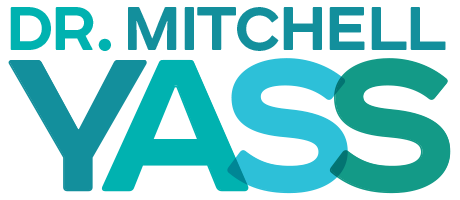The existing medical establishment method of diagnosing the cause of pain primarily through the use of diagnostic tests such as MRIs and x-rays has been the standard for roughly 40 years. The simple question to ask is how effective is it in properly diagnosing the cause of pain so effective treatment can be provided. Some glaring statistics indicate things are not so good. The failure rate for back surgery is somewhere between 50 and 70%. Everybody at this point seems to know somebody or is themselves someone who had surgery and continues to have the same if not greater pain. The medical community itself was forced to create the term “failed back surgery syndrome” to create a diagnosis for those who have had back surgery and still have the same if not worse pain.
Studies on surgeries to correct arthritis as the cause of knee pain or vertebral fractures as the cause of back pain versus mock surgeries presented results which indicated that the real surgeries had no better ability to resolve pain then the mock surgeries.
There is the analysis of costs associated with treating chronic pain which showed that in 2002 the cost nationally was 70 billion dollars while in 2011 the cost had risen to 635 billion.
I guess the most poinant and disturbing indicator that things are not going so well is the level of pain management that is used nationally as a final attempt to provide some relief to those suffering from chronic pain. The use of pain management and narcotic pain killers led to the epidemic that forced pill mills to be shut down and strict guidelines created to control how much could be prescribed to any individual. Physicians have been jailed. And now people are in an uproar because they feel that there is no method for addressing their pain.
The reality is that all of this could be avoided if the proper method for diagnosing the cause of pain were implemented. That method is the Yass Method. The method uses the body’s presentation including symptoms and results of physical tests to identify which tissue is the cause of the pain. The results can be seen over the past 20 years that I have been treating patients. My have achieved a roughly 90 to 95% success rate in resolving patient’s pain and returning them to full functional capacity.
You can experience the same results by purchasing my new book, The Pain Cure RX: The Yass Method For Diagnosing and Resolving Chronic Pain. It is available for preorder on Amazon.com and will be released on June 2, 2015 world wide. My one hour PBS special will air on June 1st, 2015 on most PBS stations.
My goal is to present the very method I have developed and utilized so you can use it to properly diagnose the cause of your pain. If the cause is thought to be structural like a herniated disc or a mensical tear then surgery can be obtained with confidence that the pain will be resolved. If the cause is thought to be muscular, then the proper targeted exercise routine is presented to resolve your pain. I have found that in almost 90% of cases of pain the cause was muscular based. This is why so many people are misdiagnosed. Muscular causes can not be identified through diagnostic tests. Most people are not aware of this fact. So if 90% of cases of pain are muscular based and a diagnostic test is used that cannot identify muscular causes, you can just imagine how many are not being dignosed properly and if not diagnosed properly, how many are not getting the right treatments.
All the evidence points to the fact that what I am presenting is correct. You owe it to yourself or somebody you love to get all the facts regarding all the possible causes of pain so the cause can be resolved in the quickest and most effective manner. Just because my voice stands alone in presenting the proper method to diagnose the cause of pain doesn’t mean I am wrong. It simply means enough people haven’t been presented the method to move the majority of people to my method. I am confident this is about to change on June 1st and beyond.
